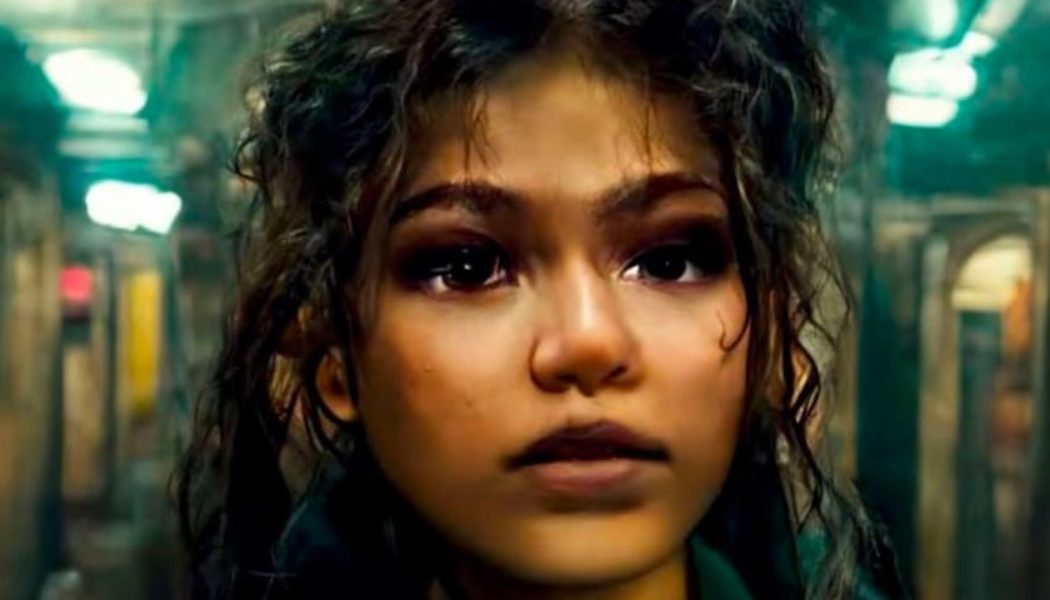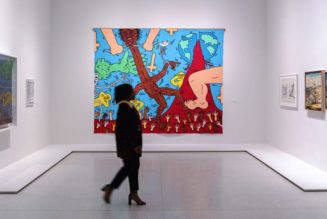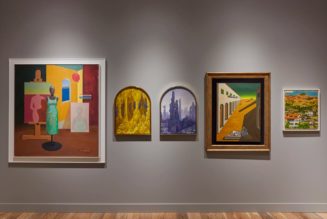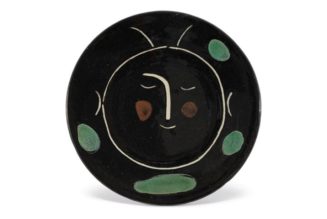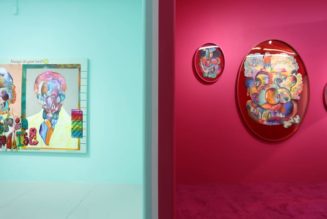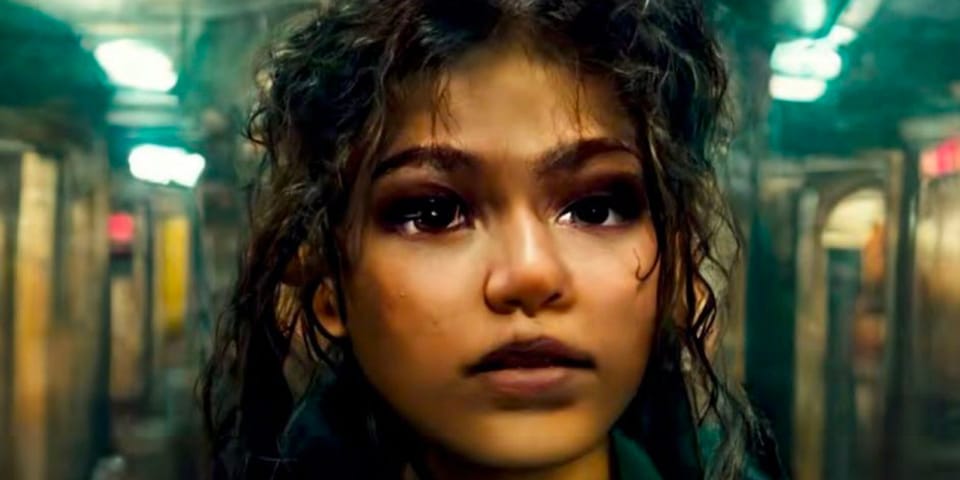
There has been just as much excitement as there is disdain for the growing use of AI in art. While the former camp lauds the potential to create seemingly infinite amounts of visuals and moodboards simply from a text prompt, many within the art community are concerned regarding the infringement these developmental tools will impose in the years to come.
The U.S. Copyright Office has weighed in on the debate and have ultimately assessed that only human-made works are eligible for protection. In a report published last week, the Office cites a 2018 submission in which the applicant described their work as “autonomously created by a computer algorithm running on a machine.” After a series of appeals, the artwork was ultimately denied a copyright because it was made “without any creative contribution from a human actor.”
The Office explained further:
“For example, if a user instructs a text-generating technology to “write a poem about copyright law in the style of William Shakespeare,” she can expect the system to generate text that is recognizable as a poem, mentions copyright, and resembles Shakespeare’s style. But the technology will decide the rhyming pattern, the words in each line, and the structure of the text. When an AI technology determines the expressive elements of its output, the generated material is not the product of human authorship.”
Just last year, author Kris Kashtanova’s comic book Zarya of the Dawn, which featured illustrations made via Midjourney, was approved for a copyright. However, the Office reviewed its initial decision and ultimately only granted protection to Kashtanova’s writing and other elements deemed original, and not the images. Moving forward, this decree will likely be the legal benchmark for similar cases.
Elsewhere, Pipilotti Rist unveils new site-specific video on facade of M+ Museum.
